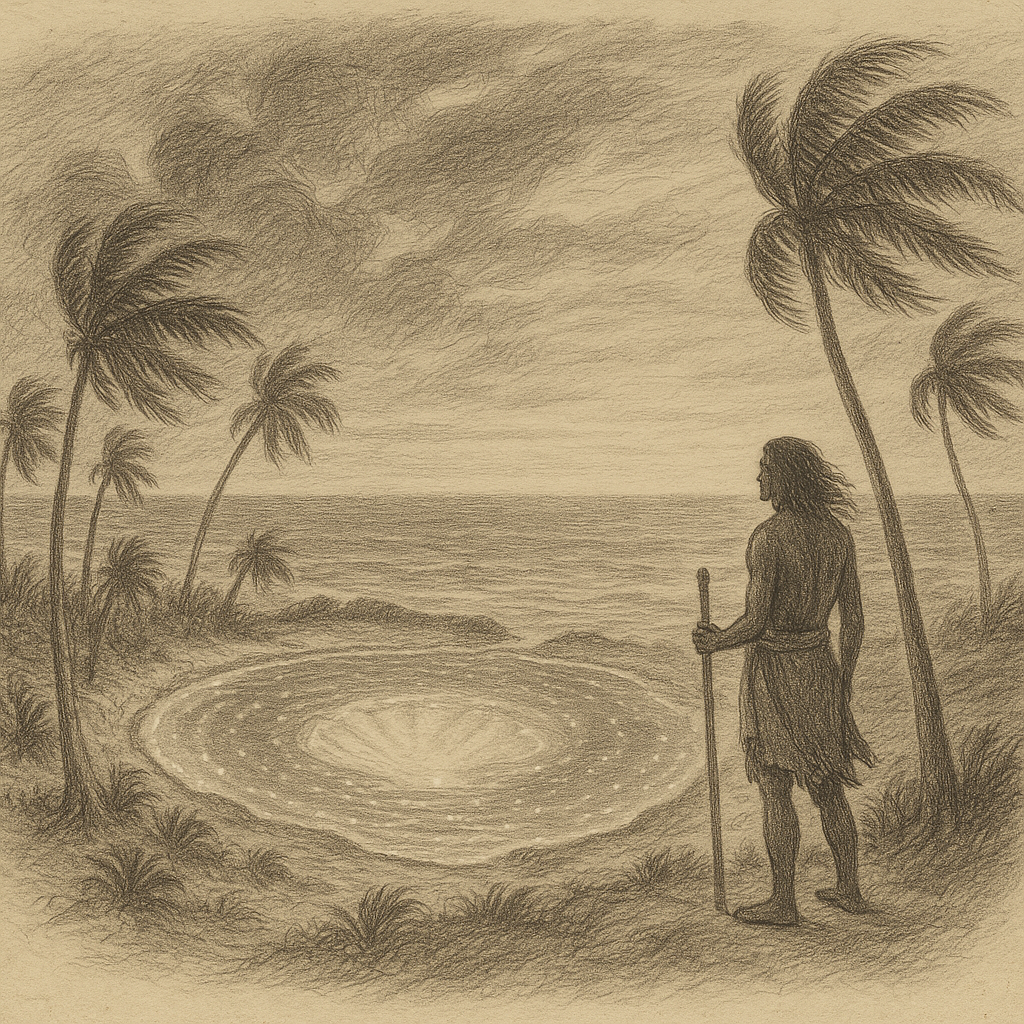Taenga Tega Island: A Remote Jewel of the Pacific
Taenga Tega Island is a secluded and largely untouched island located deep within the South Pacific Ocean. Known for its remarkable biodiversity, cultural significance, and isolation, Taenga Tega remains one of the Pacific’s least known but most intriguing islands. Though small in size and population, it holds immense geographical and mythical importance to the communities of the wider Polynesian region.
Geographic Location and Geology
Taenga Tega Island is situated approximately 900 kilometers east of Tahiti and 1,200 kilometers south of the equator. Part of the Tuamotu Archipelago, it is classified as an atoll—a ring-shaped coral formation that encircles a central lagoon. Despite its atoll nature, Taenga Tega’s central landmass is larger and more stable than those of similar island formations, rising up to 12 meters above sea level at its highest point.
The island sits on the Pacific Plate, within a much broader tectonic region known as the Pacific Ring of Fire. Although the island itself is not volcanically active, it was formed from ancient underwater volcanic eruptions that built up coral reefs over millennia. Over time, erosion and coral accumulation have transformed the submerged volcanic structure into the lush, low-lying island visible today.
Climate and Biodiversity
Taenga Tega experiences a tropical climate moderated by trade winds. Average annual rainfall exceeds 2,000 mm, with a distinct wet season occurring between November and April. Temperatures remain consistent throughout the year, hovering between 26°C and 31°C.
Thanks in part to its remote location, Taenga Tega supports a unique array of flora and fauna. The island is home to several endemic plant species, such as the Taenga pandanus and a rare beach hibiscus. Wildlife includes nesting grounds for green and hawksbill sea turtles, as well as colonies of seabirds including frigatebirds, masked boobies, and black noddies. The surrounding coral reefs teem with marine life—from reef sharks and barracudas to colorful schools of parrotfish and clownfish.
In recent decades, the island has been designated a marine protected area, as its ecosystem is considered highly sensitive and potentially vulnerable to invasive species and climate change.
Human Presence and Current Status
Historically, Taenga Tega was periodically inhabited by Polynesian seafarers who used the island as a seasonal fishing outpost. Archaeological findings, including marae (sacred stone platforms) and ancient fish traps, suggest that the island held spiritual significance and was used for ceremonial gatherings.
Today, the island is uninhabited by permanent residents. Only researchers, conservationists, and occasional cultural emissaries are granted permission to visit, and all entry requires special permits issued by the regional environmental authority. These visits often involve ecological surveys, species monitoring, or cultural documentation.
Due to growing interest in climate resilience and ecological preservation, Taenga Tega is increasingly cited in scientific literature as a living laboratory—an example of both the vulnerability and resilience of small island ecosystems.
Interesting Facts About Taenga Tega Island
Despite its obscurity, Taenga Tega boasts a number of intriguing features:
– It is considered one of the last untouched coral atolls in the South Pacific, with less than 100 visitors since the year 2000.
– Satellite imagery reveals the atoll is shaped remarkably like a conch shell, leading to its nickname “The Pacific Shell.”
– At certain times of the year, the waters surrounding the island produce a natural bioluminescence due to high concentrations of plankton.
– The island’s lagoon is home to a blue hole—a deep marine sinkhole reaching over 60 meters in depth.
– Taenga Tega Island has been used as a reference site for coral health in NOAA’s Pacific Reef Assessment Program due to its pristine condition.
Legends and Cultural Significance
For centuries, oral tradition among the Polynesian peoples has preserved the myths of Taenga Tega. According to legend, the island was formed by the god Tane, who dropped a luminous pearl into the ocean that grew into the atoll. The island is believed to be a “gateway of the spirits,” a place where the souls of great navigators rest before continuing their journey into the afterlife.
Another enduring tale speaks of the “Wailing Palms”—a grove of coconut trees at the southern tip of the island said to emit whispering sounds during certain phases of the moon. Elders claim the sounds are voices of ancestors offering guidance to future generations.
Despite its isolation, Taenga Tega remains woven into the broader cultural fabric of Polynesia. Ritual chants, navigation songs, and epics mention it as a place of inspiration and introspection. Some navigators still chart it on traditional maps, even if they never sail close to its shores.
Access and Preservation
Access to Taenga Tega Island is heavily restricted to protect its fragile ecosystem. Visitors must obtain special permits, typically granted only for scientific or cultural missions. No commercial activities or tourism are allowed, and drones, fossil fuels, and non-native materials are strictly prohibited on the island.
Efforts are underway to have Taenga Tega designated as a World Heritage Site, a status that would further ensure its protection. Local Polynesian councils and international environmental organizations have joined forces to promote sustainable stewardship of the island.
Conclusion
Taenga Tega Island is more than an isolated speck on the map; it is a sanctuary of biodiversity, a keeper of ancient heritage, and a beacon for conservation efforts. Its untouched environment offers crucial insights into coral reef health, climate resilience, and the enduring bond between land and culture. In the vast expanse of the Pacific, Taenga Tega reminds us of the delicate balance between isolation and interconnectedness, between myth and reality.



